Following the devastating 2024 bleaching event, many corals across the Maldives lost not only their color, but also their strength. This mass bleaching event left reefs vulnerable not just to the warming oceans, but to something less visible, hungry coral predators.
In our latest research in Anantara Maldives, we studied three of these coral predators:
Crown-of-thorns starfish (Acanthaster planci), a well-known coral eater.
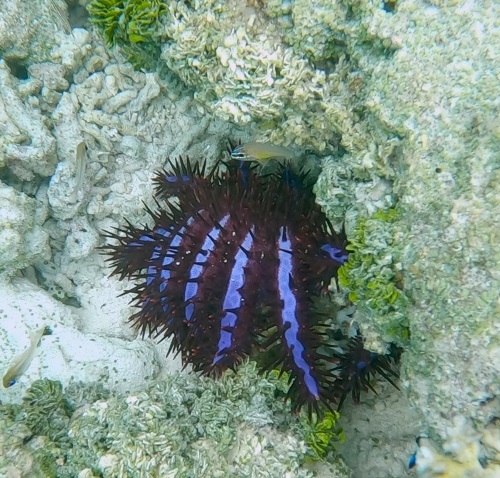
Cushion star (Culcita schmideliana), less famous, but surprisingly impactful.
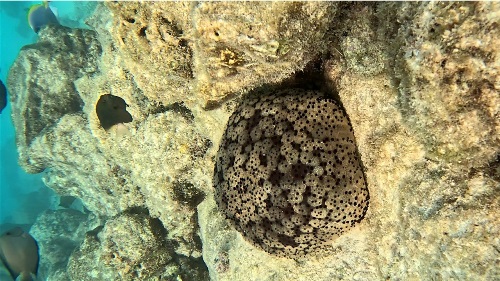
Drupella snails (Drupella spp.), small, slow-moving, and capable of devastating damage.
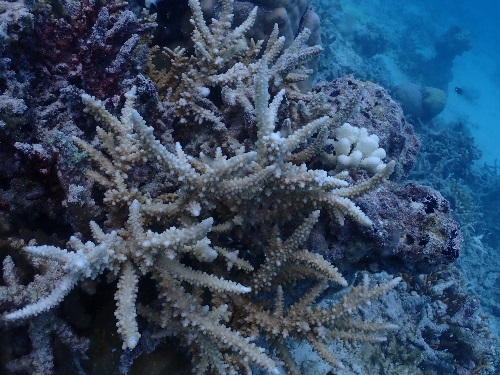
We monitored their abundance and distribution in two lagoon-based coral nurseries and in a nearby natural reef as part of our long-term biodiversity Project, the HARP program.
What we discovered was a mixed story.
The crown-of-thorns starfish was nearly absent, only one individual spotted in months of surveys, likely thanks to both active removal efforts in past years and its sensitivity to heat. But Culcita and Drupella told a very different story. On the natural reef flat, cushion stars were common, feeding mostly on young corals that are vital for reef recovery. In the coral nurseries, Drupella snails were a bigger problem. Indeed, at one site, more than half of the corals showed signs of predation. These snails attacked frequently Acropora and Pocillopora, gathering in large groups, sometimes killing entire colonies.
Why it matters?
Bleached corals are usually weaker, which makes them easier targets for coral predators such as Drupella. In coral nurseries and restoration areas, where corals are still young and the habitat isn’t complex, a predator outbreak can potentially undo years of work.
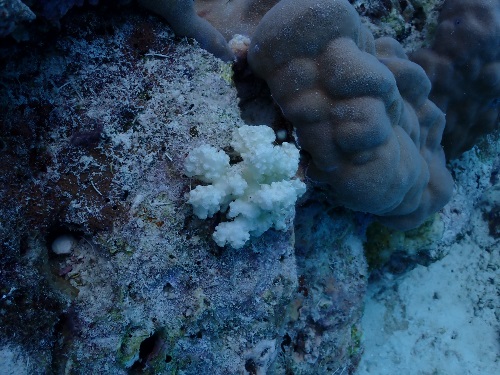
How can we help reefs recover?
Our findings highlight that restoration is not just about planting corals, it’s about protecting the panted corals afterward. This means:
- Regular monitoring for early signs of predator outbreaks.
- Targeted removals where predator numbers increase.
- More research on lesser-known threats like cushion stars.
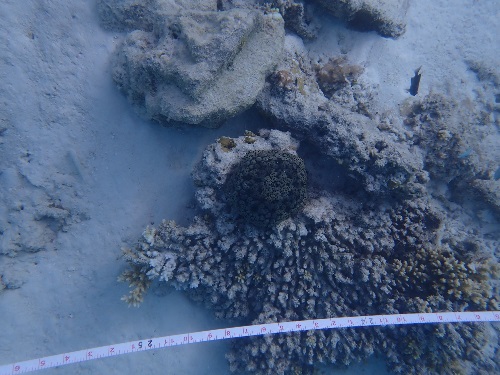
By combining coral planting with predator management, we can give reefs better chances to rebuild their vivacious, complex communities, and with them, the marine life and livelihoods they support.
You can read the full open-access study here: https://doi.org/10.29103/joms.v2i3.22084
Posted 15/08/2025

















